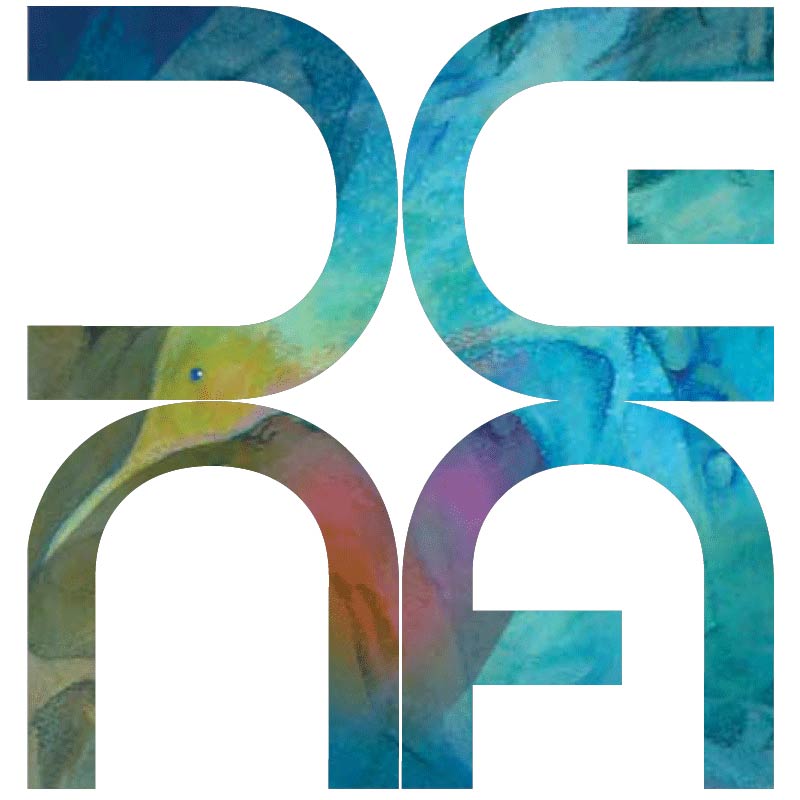
Upon reflection, while I was researching non-scratchable plexiglass solutions, I realized that I really don’t like putting my art under glass. I am a very tactile person, and I like to touch work (at least with my eyes). I needed a painting for a show, so I took one of my favorite completed paintings (Triple She – the painting at the top of this page), and cut it up. Next I prepared a canvas, with underpainted layers, and attached the pieces of my former painting to this new painting, whereupon I started creating new layers with transparent acrylics and more pencil work. When finished, I coated the whole piece with a clear acrylic. Triple Goddess was complete.
I’ve done a few of these pieces, and I shall do some more. There is an exhilaration (combined joy and fear) that arises when cutting up a completed painting. However the originals stand on their own, without this further futzing, so I have thought of doing a gicleé print to use in the mixed media pieces on canvas. I’m in a philosophical quandary about that.
 In the meantime, in 2011 someone introduced me to a new (to me) “watercolor ground,” which enable me to watercolor directly on canvas. I had been wishing that there would be a way to do that. Wish granted.
In the meantime, in 2011 someone introduced me to a new (to me) “watercolor ground,” which enable me to watercolor directly on canvas. I had been wishing that there would be a way to do that. Wish granted.
The watercolor and colored pencil process adapts really well to this ground, and the ground itself as well as the canvas add other new and exciting elements that I find exciting. The texture of the ground depends on how I apply it, and the responsiveness depends on how many layers of it I apply. And so, the technique evolved and grew. And example of this is In the Hand.
Next, in my creative journey, I found transparent liquid acrylic. With this paint, I can use most all of the watercolor techniques direct on canvas. The colors tend to be more readily intense than watercolors, and, of course, I can change and/or correct where I might not be able to with watercolor (on paper, at least).




